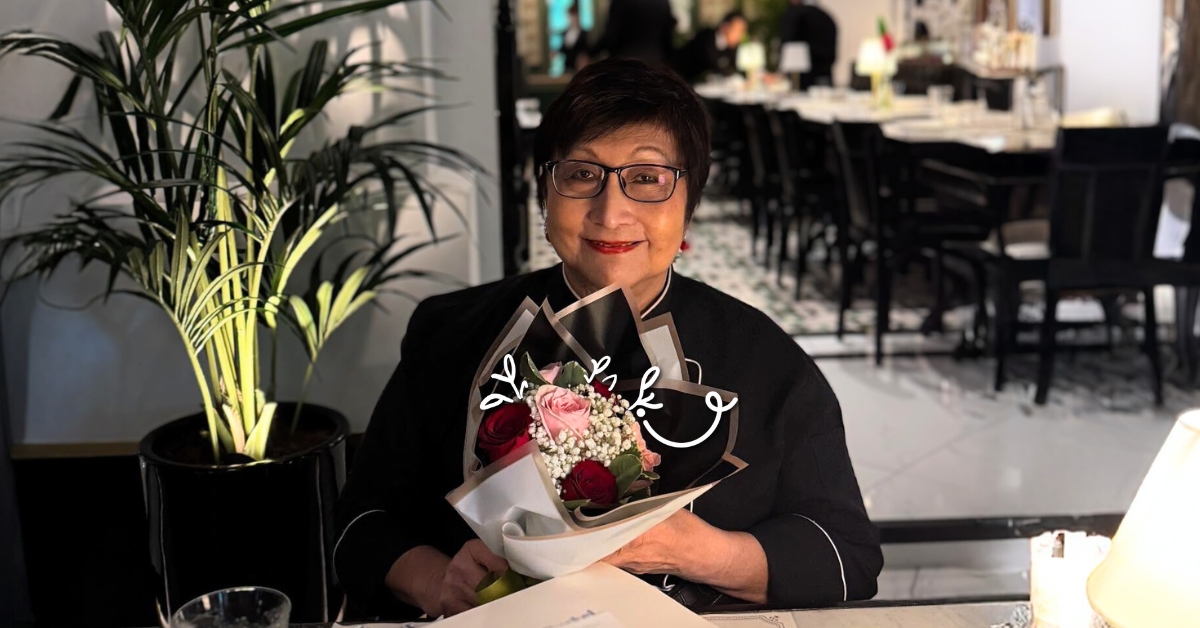
The latest thinking and innovation in eldercare solutions and opportunities gathered under one roof in Singapore, in early May for the World Ageing Festival Asia (WAF) 2024, organised by Ageing Asia.
With the overall theme of “Redefining Care: Activating Communities of the Future,” the focus of WAF 2024, at the Marina Bay Sands Expo & Convention Centre, was the facilitation of a community-based care model for an ageing population, and its potential benefits.
Social prescribing, assisted living facilities to better enable ageing in place, and other developments in the silver economy were some of the specific trends discussed during WAF 2024.
The convention brought together some 5,000 attendees from over 50 countries, including Japan, China, Hong Kong, Switzerland and Australia; countries with their own developing stake in the eldercare space.
Activities that were held as a part of WAF included an exhibition featuring the latest eldercare products, many of which were already in pilot testing, or in the final stages of development; as well as the 15th edition of the annual Ageing Asia Innovation Forum (AAIF), which saw community leaders, trade professionals, experts and policymakers sharing information on emerging eldercare models for mutual learning.
Advertisement
Read on to find out what major stakeholders in the nascent eldercare space had to say about tackling the silver tsunami.
Social prescribing could be the next big thing

One of the key phrases that emerged during keynote speeches was ‘social prescribing’, a relatively recent theory in healthcare that prioritises connecting individuals to resources within their community, thereby improving social determinants of health that don’t fall under the purview of the healthcare sector like food security, social support and their housing environment.
Examples of social prescribing in Singapore that you might be familiar with include befriending services, digital inclusion classes and health-related roadshows.
In simple terms, it is a preventive, community-centric healthcare approach that aims to solve the root cause of poor health.
Social prescribing differs from the traditional approach of medical prescribing, which is providing only medical intervention that targets acute ailments.
It was a term alluded to by many speakers at the Ageing Asia Innovation Forum.
Singapore’s Dinesh Vasu Dash, CEO of the Agency for Integrated Care, pointed to Healthier SG, a preventive healthcare approach looking to connect silvers to family doctors, and the newer Age Well programme, which will see public transport, neighbourhoods and homes made more senior-friendly to encourage active ageing, and its network of active ageing centres (AACs) and befrienders enhanced.
Senior consultant and deputy CEO (Education and Community Partnerships) at SingHealth Community Hospitals, Lee Kheng Hock, also described how the Healthier SG teams within SingHealth region have implemented social prescribing using wellness coordinators (non-medical staff who connect patients with community resources) since 2019.
Patients admitted to its hospitals are given a chance to participate in in-house activities like gardening or exercising. After they are discharged, wellbeing coordinators will continue to work with the patients to take care of the social aspects of their lives, providing link-ups to community care providers for relevant programmes so that they can be equipped to continue their interests and keep themselves engaged.
The approach was echoed by Stefan Ege, Head of Projects and Strategy at the Department of Health and the Environment for Zurich, Switzerland. He described plans like a dedicated, all-in-one web portal (with accessibility options like larger fonts, audio transcriptions and an accompanying all-day phone line) to connect silvers to any social assistance or resource available in the city, along with integrated health centres that function similar to Singapore’s AACs.
Dr Jun Sasaki, Founder and Chairman of Yushoukai Medical Corporation (the largest home medical care provider in Tokyo), also spoke of Japan’s emphasis on preventive healthcare as a way of avoiding hospitalisation by encouraging social interaction, exercise and – pragmatically, for a nation deep into its ageing journey – working, instead of retirement.
Assisted living facilities on the rise
Assisted living facilities and the spectrum of care available at such facilities was also a much-discussed topic, drawing the largest audience during the two-day convention.
Data presented by delegates from Japan, Australia and Malaysia corroborated with statistics from Singapore in suggesting that silvers prefer to age – and die – in their home or a home-like environment, as opposed to a hospital.
On one end of the long-term residential care continuum are nursing homes and old folks’ homes, where medical care is the chief priority. These are increasingly being outfitted to provide a more comprehensive suite of medical services, along with trained staff, says Camilla Rowland, CEO of Palliative Care Australia and Singapore’s Dr Angel Lee, Medical Director of St Andrew Community Hospital.
The goal of the upgrades was to reduce the number of transfers between hospitals and nursing homes (thereby increasing operational efficiency) and allow for a greater proportion of patients to die at the nursing home, rather than in hospital.
But nursing homes are typically designed for seniors who require a greater level of care. On one end of the spectrum, private assisted-living facilities – where homes, medical centres and a slew of entertainment are housed within a set of buildings or a large complex –have emerged across the last decade in countries like China, Hong Kong, Malaysia, New Zealand and Singapore.
Apart from adapting the timeworn retirement village model for use in space-strapped cities and countries, many of these assisted living facilities are designed to cater to a growing segment of seniors – empty nesters who are financially supported by adult children working in other countries or states (or are themselves cash-rich) while remaining healthy enough to live independently.
This phenomenon was what prompted Yunlin Group to open its assisted living facility back in 2016, says Andreas Jager, general counsel for the aged care operator. The group now operates 11 facilities around China, where one of its core focuses – apart from providing accessible medical care – are entertainment options like sports and wellness facilities, interest groups, regular senior-friendly programmes, and more.
Dr Khoo Chow Huat, Managing Director of Sunway Healthcare Group, says that the seniors moving into its 11-month-old assisted living facility in Petaling Jaya, Sunway Sanctuary, are mostly making “a lifestyle choice”, rather than one out of necessity – especially when you’ve factored in the heavy costs for seniors living in these facilities.
The rooms at Sunway Sanctuary start from RM8,800 a month (~S$2,513), which Dr Khoo admits is pricey by Malaysia’s standards.
Jager of Yunlin Group, whose facilities also generally cater to seniors in the “upper-middle income” bracket, reasons that these aged care options nevertheless offer seniors more choices in how they want to live out their golden years. It also diverts seniors with the financial means away from government-operated nursing homes, freeing up resources for those who need it more.
On the other hand, both agreed that Asian values of filial piety – where children traditionally live with, and care for, their aged parents – was another barrier they are trying to overcome.
Though difficult, it might be a mindset shift worth investing in. Dr Carmen Ng, Social and Elderly Wellness Director of the Hong Kong Housing Society, spoke of a study comparing seniors living in an assisted living facility constructed under Hong Kong’s long-running Senior Citizen Residences scheme (first piloted in 1999) to a regular public housing block.
Benefits like a reduced number of falls, visits to the hospital, higher social wellbeing and better health outcomes, once translated into material costs, yielded a roughly 5:1 return on investment. With that success in mind, the country is planning its next assisted living facility to be an integrated one, where seniors are mixed in with public flats available to general buyers.
Is the silver economy already here?

With the mean age of the global population at just over 30 years in 2023, the silver economy still has a way to go before reaching critical mass.
This means that investments are necessary to support a thriving eldercare ecosystem, says Claire Wong, Executive Director for DBS’ social investment arm, DBS Foundation, especially if smaller players catering to niche needs are to survive.
This means that government funding will be necessary to help these small players stay afloat as the market grows.
Over time, there might be a shift to recognise different returns. You have financial returns, social returns, human returns,
adds Claire.
Nevertheless, Edward Scipio, CEO of impact investment firm IIX Care, avers that with the demographic shifts that are occurring around the world, there will inevitably be a time when “the silver economy becomes just – the economy”.
Other topics that drew attention at the World Ageing Festival 2024 in the rise in female longevity, digital inclusion for seniors, and redevelopments at the workplace to foster continued employment of seniors.
With many speakers acknowledging that they had much to learn from other countries, it is heartening to see that the silver population – and its varied needs – are getting the attention it deserves.







